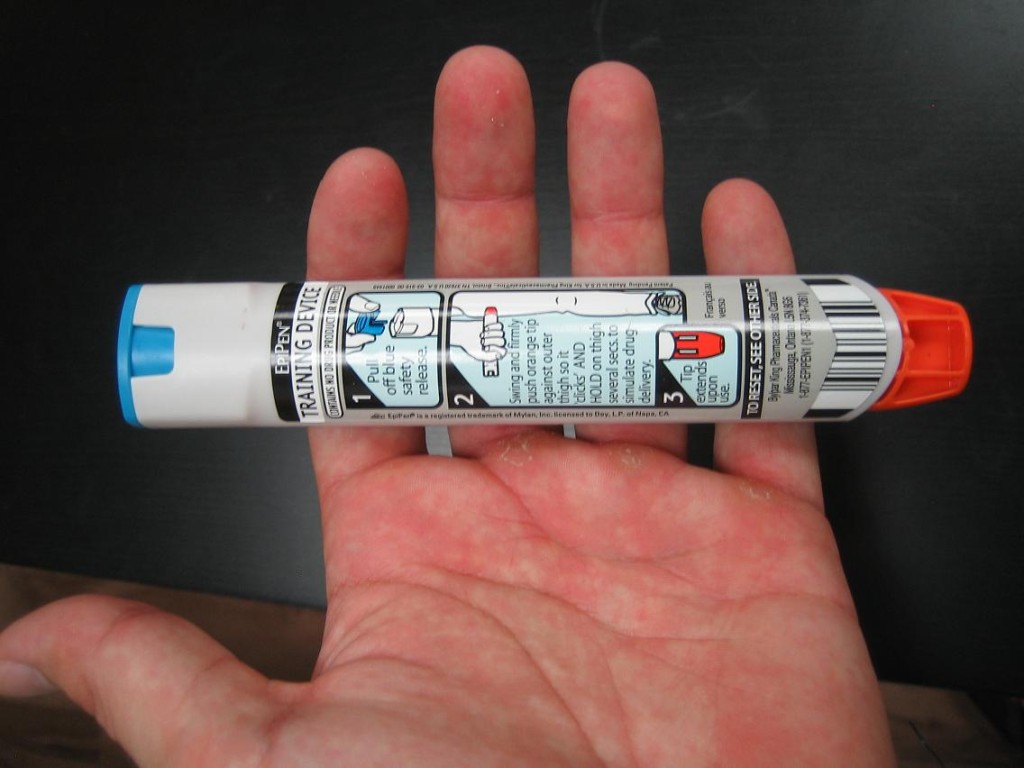An individual with almond allergy can experience a reaction in just minutes up to an hour after eating the tree nut. Almonds along with other tree nuts are good sources of nutrients but some individuals end up with an allergic reaction that ranges from a minor rash to severe breathing issues.
https://www.youtube.com/watch?v=3E0xxHb5W5A
What are the indications of almond allergy?
Skin and mouth reactions
The skin reactions include hives or other itchy rashes that usually manifest within an hour of exposure.
As for the symptoms that affect the mouth, it is oftentimes called as oral allergy syndrome. The mouth or throat can end up with an itchy or tingly sensation and the tongue starts to swell. These manifests within 5-10 minutes after eating almonds. It is also likely to occur among individuals who are allergic to the birch tree pollen.
Respiratory and digestive reactions
The respiratory symptoms include the following:
- Runny or stuffed nose
- Itchy nose
- Wheezing
Among children, allergy to tree nuts are often linked with asthma that can include shortness of breath and coughing.
As for the digestive reactions, the symptoms include the following:
- Stomach cramping
If an epinephrine autoinjector is available, administer a shot before bringing the individual to the nearest emergency department. - Vomiting
- Diarrhea
- Nausea
These symptoms typically occur right after consuming tree nuts.
Anaphylaxis
This is a severe reaction that is linked with tree nut and peanut allergy. A reaction can involve the breathing and even the circulation. The symptoms usually manifest in just a few minutes up to hours of exposure and includes the following:
- Shortness of breath
- Tingling sensation in the throat
- Difficulty swallowing
- Low blood pressure
- Chest pain
- Dizziness
- Loss of consciousness
If almond allergy results to anaphylaxis, it necessitates immediate medical attention since it can be fatal.
Precautions
An individual who is allergic to almonds must avoid all tree nuts due to the possibility of cross-reactivity. Carefully read the food labels to check if almond is included.
In case anaphylaxis occurs, it requires immediate emergency care. In such cases, the initial step is to remove the trigger if possible but call for emergency assistance. If an epinephrine autoinjector is available, administer a shot before bringing the individual to the nearest emergency department.


